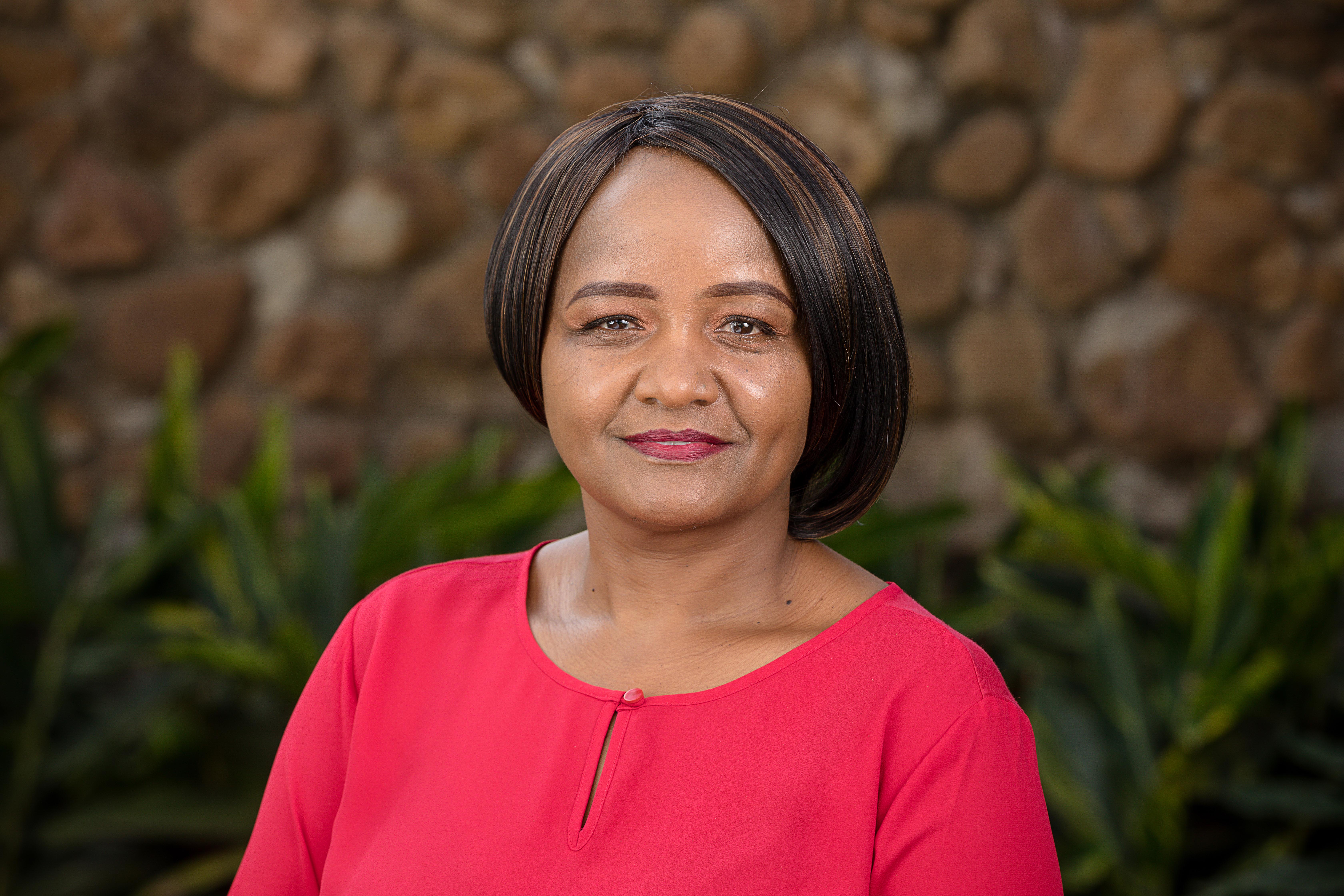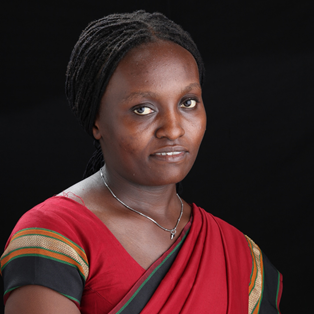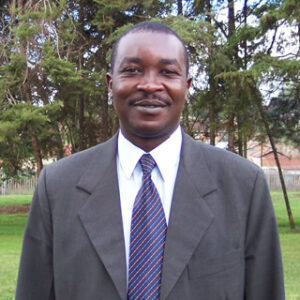
The 2022 Russian invasion of Ukraine comes at a time of unprecedented humanitarian needs, as the global community is grappling with increasing climate shocks, conflicts, the COVID-19 pandemic, and the rising cost of living, all of which are threatening livelihoods of hundreds of millions of poor and vulnerable people around the world. The Ukraine-Russia conflict has significant impacts on food import-dependent countries, including many African countries, that are still recovering from the after-effects of the pandemic.
The conflict has impacted the food trade and disrupted its supply chains. This has plunged global food and energy markets into turmoil including inflating the already high food prices. Both countries are critical players in global wheat and maize markets, being among the top five exporters. Together, the two countries supply 30 per cent of wheat and 20 per cent of maize to global markets. In addition, Russia and Ukraine are key exporters of sunflower and barley, accounting for more than three-quarters and one-third of supplies to international markets, respectively. The conflict is affecting the movement of food products within Ukraine and exports to its major trading partners. Given the dependency on food imports, many African countries are witnessing gaps created by disruptions in supply activities.
The reopening of economies following the COVID-19 lockdowns created a sudden increase in demand for basic commodities and fuel even as producers sought to restore their pre-COVID production levels. This was happening against the backdrop of global supplies that had shrunk substantially during the pandemic period and could not adjust in the short run to meet the growing demand. The demand and supply shifts have caused an increase in the prices of most basic commodities. Prices have skyrocketed across the world with negative impacts on access to healthy nutritious food being felt across villages in Africa, especially among the most vulnerable communities.
The role of nutrition is one important livelihood driver that can’t be discounted even as the world contends with the impact of setbacks brought about by the global pandemic and conflict-related shocks.
According to the 2021 United Nations Food and Agriculture Organisation (FAO) Report on the State of Food Security and Nutrition in the World, about 10.7 per cent (815 million) of the 7.6 billion people were suffering from chronic undernourishment globally, with Africa accounting for 25 per cent of this. The fact that malnutrition continues to be experienced in countries that apparently have adequate food supplies, highlights the need for a new approach to achieving improved food security.
In recent years, agricultural and nutrition experts have acknowledged the need for nutrition-sensitive interventions to improve food access and attain global nutrition targets. One approach is the concept of nutrition-sensitive agriculture – a food-based approach to agricultural development that puts nutritionally rich foods and dietary diversity at the heart of overcoming undernutrition, overnutrition and micronutrient deficiencies. It entails going beyond the production and provision of a healthy diet along the food chain to adopting approaches that recognise and cater to specific vulnerable groups within communities that suffer most from insufficient availability of, and access to nutritious food.
The African Union declared 2022 the year of nutrition and food security. Its commitment to nutrition is reflected in the growing number of initiatives to support countries in integrating nutrition interventions into their agricultural investment plans, as illustrated by the Malabo Declaration and the Comprehensive Africa Agriculture Development Programme. Countries like Nigeria and Ethiopia, for example, have recently developed nutrition-sensitive agricultural plans, a clear manifestation of the greater political priority being given to improving the impact of investments in nutrition in the sector. Globally, the need for agriculture to support better nutrition and health has been recognised and was reflected in the discussions leading up to the United Nations 2030 Agenda for Sustainable Development.
Over the years, AATF has recognised and embraced nutrition-sensitive agriculture through interventions that go beyond the conventional idea of increasing yields and incomes of smallholder farmers as a means of enhancing their livelihoods. We have deliberately incorporated specific nutrition objectives and actions in the design and implementation of our agriculture interventions. We made Nutrition, Food Quality and Post-Harvest Management one of our impact areas as outlined in the current 2018-2022 Corporate Strategy.
We have built on this by developing the AATF Nutrition Sensitive Agriculture Strategy (2022-2027) that is designed to enable the organisation to achieve four key objectives: i) increase the production and consumption of diverse, safe, and nutrient dense foods by smallholder farmers; ii) accelerate adoption of Nutrition-Sensitive Agriculture through awareness creation using social behaviour change communication along the agricultural value chains that AATF promotes; iii) create an enabling environment for food markets to enable accessibility of nutritious foods by smallholder farmer households in regions that AATF operates; and iv) increase women and youth involvement in nutrition-sensitive agriculture activities in those regions.
AATF will access and deploy technologies that target women and youth in the regions it operates, to encourage their involvement in income generating activities. Women will be trained on how to utilize this income by accessing both food and non-food items for improved nutrition in the household. AATF will access time-saving technologies targeting women, which will give them extra time that can be used for childcare, food preparation, and practicing good hygiene. All of these will ensure that women and youth have equitable opportunities to participate in activities that lead to increased nutrition outcomes.
AATF conducted a survey looking at how mechanisation which reduces workload and duration spent undertaking farming activities, can help farmers utilise the time saved on activities such as child and maternal care, sourcing for nutritious food from the market and how these lead to improved nutrition status in the household.
Further, AATF is contributing to a nutrition secure Africa through its seed-based technologies. For example, through the development and dissemination of improved cowpea seeds that are resistant to the destructive pod borer Maruca Vitrata, farmers not only benefit from increased yields but also harvest clean protein-rich beans. This means that the production of cowpea will help improve nutrition status at the household level and support the generation of additional income which can be used to buy other nutritious foods or to access non-food items such as health care services.
In recognition that nutrition-sensitive agriculture requires a multisectoral approach, we will leverage our expertise at AATF to forge public-private partnerships that are necessary for the successful mobilisation of resources and implementation of our strategy. We will continue to strengthen capacities, benchmarking with others and doing what we need to do to ensure we are moving the food and nutrition agenda forward.
As I end my term as Chair of the AATF Board of Trustees, I cannot be prouder of the achievements of the Foundation in moving the technology boundaries in Africa’s agriculture. I congratulate management and staff for the excellent work that is being done on the ground to ensure Africa and its farmers have access to and gainfully harness tomorrow’s technologies for a more prosperous continent.
I wish to recognise the support accorded to me by staff, partners, Board of Trustees, investors, and other professionals during my tenure in our pursuit to deliver innovative agricultural technologies to our farmers. I believe that through determination and teamwork, 2022 will be a great year and that the future will be brighter for Africa’s farmers as new technologies get into their hands.


















































































